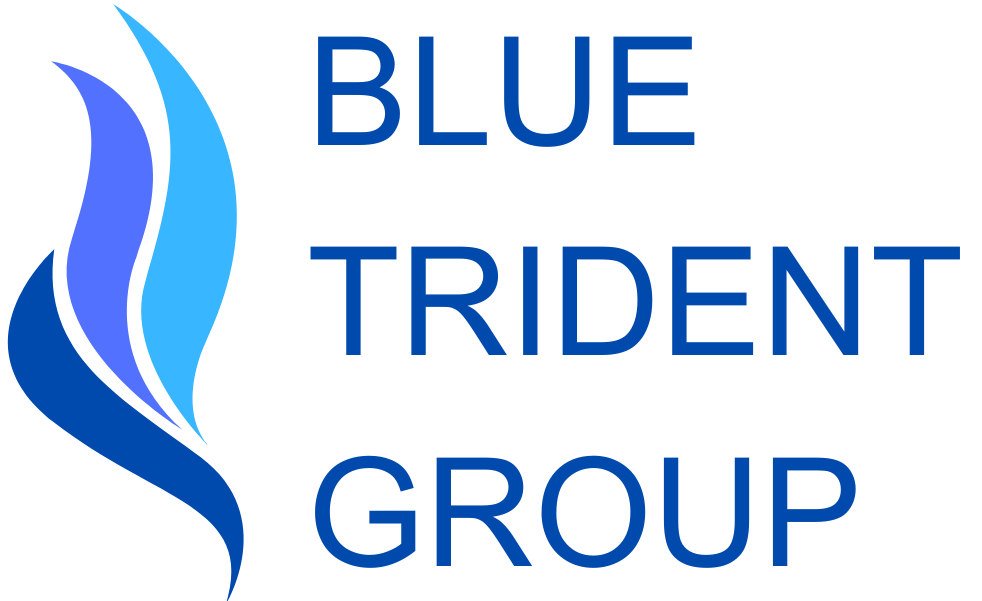M&A Conversions: The art of weaving

After a merger or acquisition, the desired software landscape often requires consolidation of information, a need to combine data from separate systems. To successfully complete such M&A conversions, you may need to apply the art of weaving to maintain integrity and meaning within the data.
A crucial first step is to understand what’s already in the destination software. Identify key data elements at a high level, then drill down.
You must know not only what types of information are stored but also how those pieces relate to each other. Things typically exist in layers. Understanding the layers will serve as a sequence guide throughout the conversion process.
Once you have a grasp of the destination, it’s time to look at the source data. While one person/team may handle the full migration, it’s often a different group performing the extraction. You’ll need to agree on the data exchange parameters:
- What file format(s) are available?
- How many rounds of extraction will you need? Ideally, at least three.
- Which file(s) will you need: once, each time; full vs. new/change only?
- Who will map and/or translate data? For example, consider two eCommerce companies selling widgets. Each must track order status, but they’ve used different values. Company A says Pending where Company B uses In Progress. Having the transformation of data be done on the export side may be possible. It might even seem desirable. However, I’ve always preferred to receive raw, unchanged data. Handling interpretation and mapping based on destination side understanding and assumptions may not be perfect, but you can always go back to raw data and reinterpret. That’s not an option with previously modified data.
- What data elements are in scope? You’ll want to define what’s essential but take everything you can get. It might turn out to be more important than you first thought, or it might enhance meaning in a way you didn’t anticipate.
The real fun begins when the initial data is available. It’s the first opportunity to start weaving things together into a single cohesive pattern. Through analysis, transformation, and validation you can prepare for and successfully complete the migration. What’s the gauge of success? After Go Live, can business as usual resume and do your users have what they need to effectively conduct that business?
If you’d like to learn more or have BTG assist with an upcoming project, please contact us at [email protected] or book a free consultation here.
